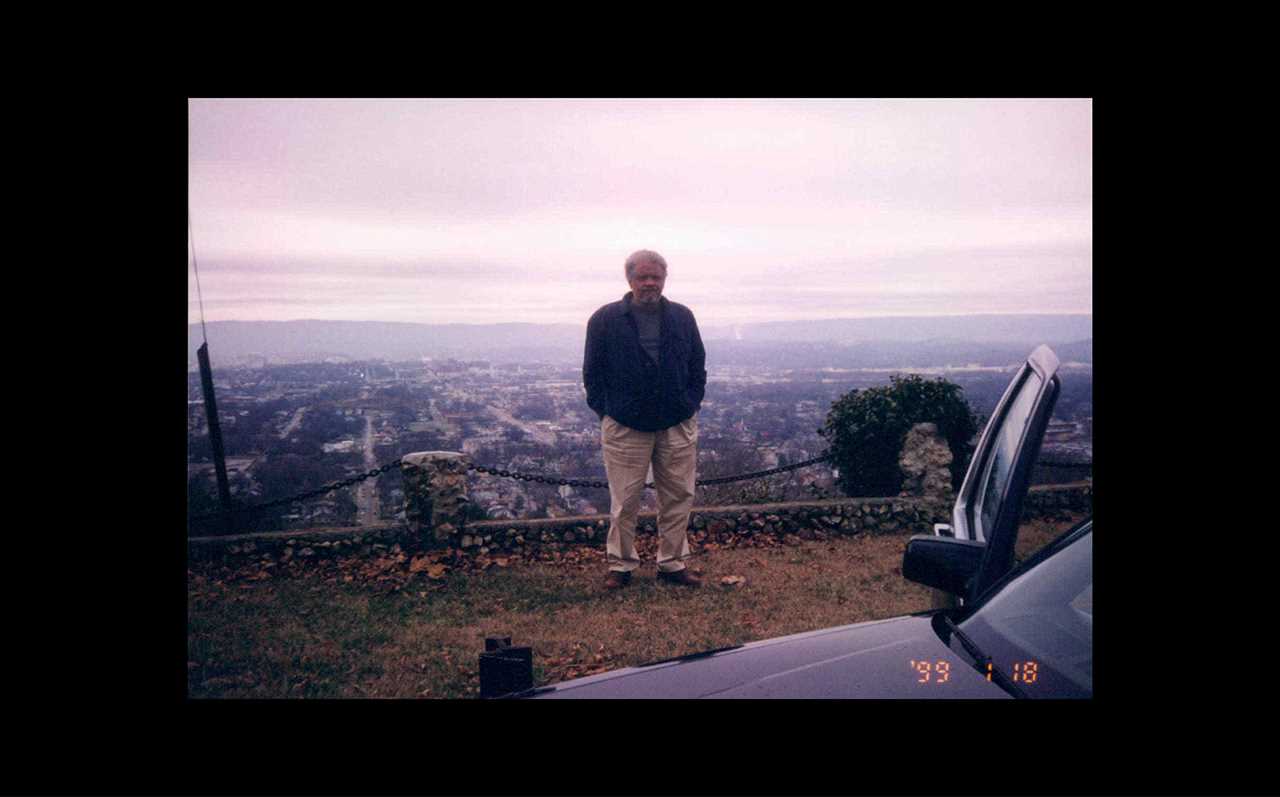
Once in a while, a new Black leader pops up from the grassroots. Fannie Lou Hammer. Malcolm X. Today, we see this phenomenon with “the two Justins” — Tennessee lawmakers Justin Pearson and Justin Johnson — whose skyrocketing to the front ranks of Black leadership has occurred in the South, the home of the Confederacy.
But it shouldn’t come as a surprise that these new stars hail from Tennessee. Though located in the South, Tennessee is unique. Thousands fought for the Confederacy, but thousands also fought for the Union. The history of my family's experience in Tennessee mirrors Tennessee's split consciousness.
My family’s history in North America begins in North Carolina, where an ancestor, Lucy Hardiman, was enslaved. She must have been a resistor because her daughter, Mary Coleman, would weep when recounting the lashes Lucy received during her involuntary entrapment.
Mary moved to Chattanooga, Tennessee, where my family lived from the late 1800s to 1941 during the first phase of their inhabiting the state; a younger generation returned to Tennessee in the early 1990s.
The first phase of my family’s Tennessee history was marked by abandonment, murder, mental illness and alcoholism. Like many Black southern families, there exist cold cases. My grandfather Mack Hopkins was murdered by a white man who said my grandfather had threatened him with a knife. One version of the murder was that my grandfather knocked on the wrong door. There was an inquest, and the white man went free.
My grandfather, a laborer, supplemented the family’s food supply by hunting. My only photo is of him posing in front of a car. About a dozen rabbits, a source of protein, are strung up. It’s bad enough that the capitalist system has opposed Blacks acquiring assets, but the murder of Black men compounds the loss, depriving their survivors of assets these victims might have accrued.
My mother was 17 when she visited my grandfather in the hospital; his clothes were soaked with blood. As he was lying near death, he told her he’d overheard the doctor say, “Let that n----r die.” Years later, when I received a copy of the death certificate, his cause of death was listed as “shock,” with the sentence, “stabbed by some man.”
Four years after my grandfather’s death, I was born in the hallway of the same hospital.
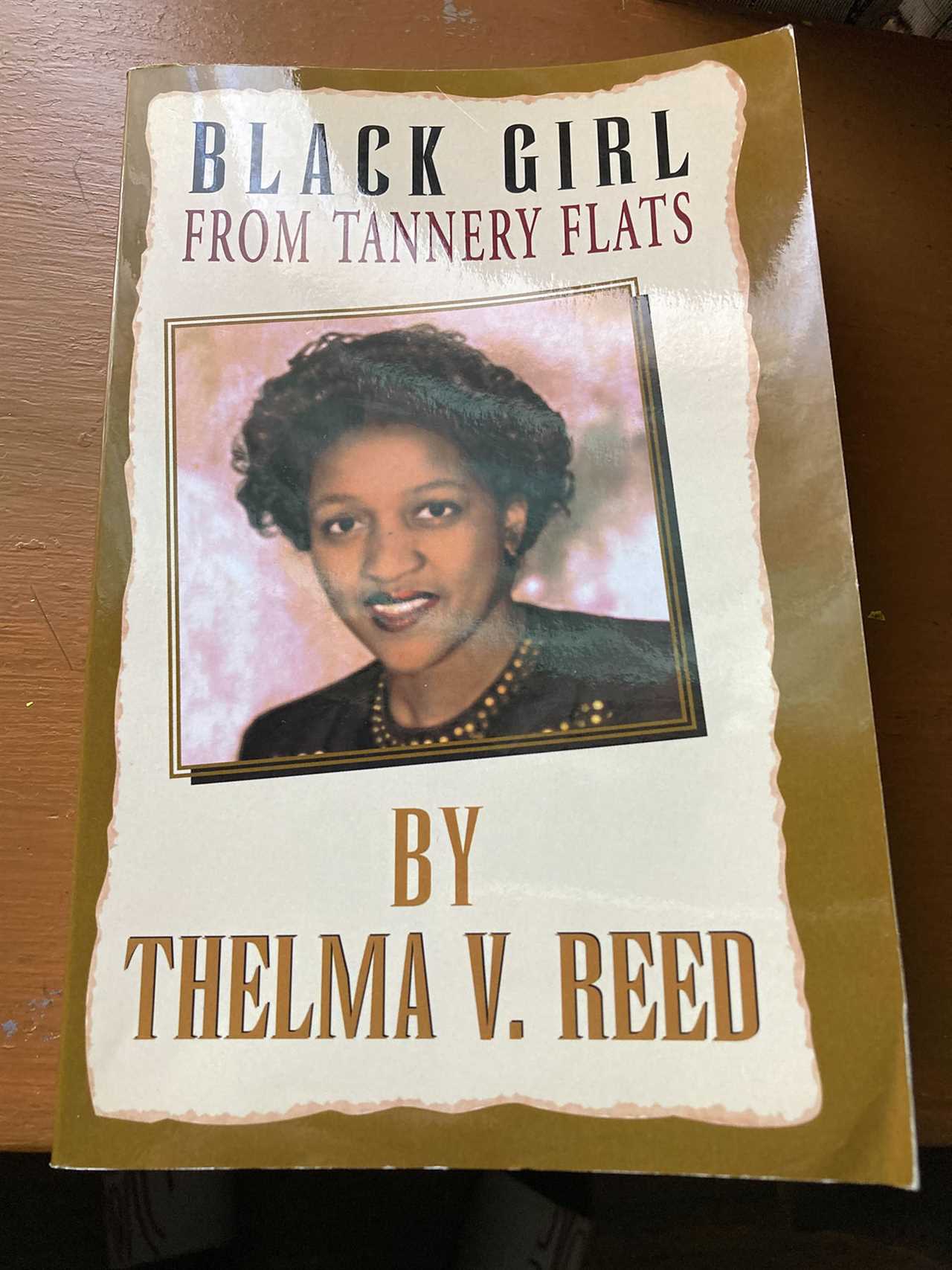
I haven’t been able to obtain the inquest report, but in court my mother called the murderer of my grandfather a liar. She was tough like that, an attribute she inherited from her grandmother, Mary Coleman, who opened a food stand in her front yard after her Irish husband abandoned her. Mary catered to white workers who were employees of the pipe manufacturer located near the Tennessee River in Chattanooga. She insisted that they call her Mrs. Coleman.
The 1930s were difficult for my mother. In 1930, Mary Coleman, her grandmother, died. In 1934, her father was murdered. In 1938, she became pregnant by a Knoxville college student. He refused to support her, leaving her and me in poverty while he married into the Black aristocracy.
We ultimately moved to Buffalo, New York, in search of a safer existence, but until then, my mother found a way for us to survive in the Tennessee of the 1930s and 1940s. In her 2003 memoir, “Black Girl From Tannery Flats,” she called it her “Southern Strategy.”
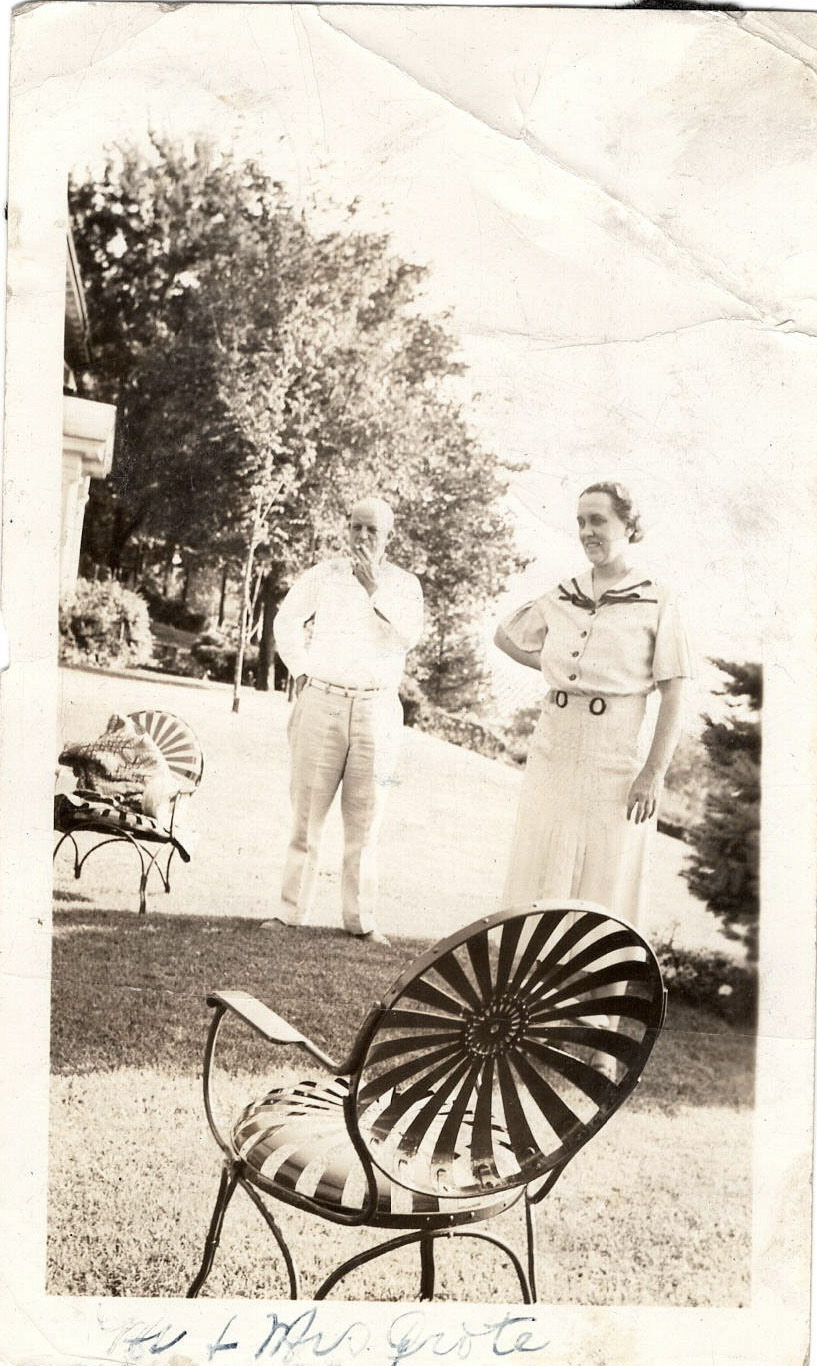
What she had learned was that good white people would protect you from the bad ones. That was her Southern Strategy. My grandfather’s murderer represented white evil. And my mother could call her father’s murderer a liar because present in the court was Mrs. Clifford Grote, a member of one of the most powerful Chattanooga families, a family that represented the other side of white Tennessee. She employed both my mother and grandmother. Even though my mother was unmarried, Mrs. Grote pulled strings to get her an apartment in the projects. When my grandmother became schizophrenic (the family version was she was under a HooDoo curse), the Grotes were there to support her. They lived in a plantation-styled estate, columns and all. I remember there being an elevator that connected the floors. Mrs. Grote called me G.W. because I was born on February 22, sharing a birthday with the first president. Family members still call me by that name.
They weren’t the only good white folks. When my mother's boyfriend, a pretty boy with “good hair,” was caught in bed with a white woman at the Read Hotel where he worked, another employer, a white man named Herbert Spencer, helped to get him out of town safely. When my mother was stabbed during a race riot on a Knoxville bus, her employer, a white woman, insisted that she receive a settlement from the bus company. “You’d do it for me,” she said. My mother also used this strategy in Buffalo. When it came time for my younger brothers to be ensnared in the criminal justice system, she warned the cops assigned to the ritual that young Black men must maneuver that she worked for Judge Sedita, a member of an important Italian American family. His brother Frank was mayor. The cops backed off.

On a trip back to my home state of Tennessee, I visited the University of Memphis and stood before the Black appropriator Elvis Presley’s statue one night. Behind the statue was the Lorraine Hotel, where Martin Luther King, Jr. had been shot. To the statue’s left was the hotel from where James Earl Ray shot the minister. A few blocks away was the church where King made his final speech. Before me was Beale Street, home of the East Coast blues. Richard Wright worked here. I thought to myself, this is indeed “hallowed” ground.
But there is a place that can be reached in a 1-hour 21-minute drive from Memphis that is unhallowed. Fort Pillow, where under the orders of General Nathan Bedford Forrest, Confederate soldiers massacred Black soldiers, even after they’d surrendered. In 1864, Harper’s Weekly described the battles as an “indiscriminate butchery of whites and blacks, including the wounded.” The paper mentioned that Black troops of the 6th Colored Artillery and white troops of the 13th Tennessee Cavalry and their families were killed in cold blood. Their bodies were piled in heaps and burned. The chief surgeon who examined the corpses said they were the worst butchered men ever seen. Four hundred people were massacred by Forrest’s troops, far worse than My Lai. It was called “The Atrocity of the War.” The Fort Pillow massacre was so horrendous that it was investigated by both the House and Senate. They reported:
Then followed a scene of cruelty and murder without a parallel in civilized warfare, which needed but the tomahawk and scalping-knife to exceed the worst atrocities ever committed by savages. The rebels commenced an indiscriminate slaughter, sparing neither age nor sex, white or black, soldier or civilian. The officers and men seemed to vie with each other in the devilish work; men, women, and even children, wherever found, were deliberately shot down, beaten, and hacked with sabres; some of the children were not more than ten years old were forced to stand up and face their murders while being shot; the sick and the wounded were butchered without mercy, the rebels even centering the hospital building and dragging them out to be shot, or killing them as they lay there unable to offer the least resistance.
Were the citizens of Memphis who dedicated a statue to Forrest on July 11, 1998, aware of this history, or were they victims of a white power curriculum that treats enslavers and exterminators of Native Americans as gods?
Why would anybody in their right mind admire such a fiendish action under the command of Forrest, who became the first Grand Wizard of the Ku Klux Klan, which continues to be a source of domestic terror?
I’d like to know whether Justin Jones’s agitating for the removal of Forrest’s statue from the Tennessee statehouse was the reason that he was expelled from the state senate by Forrest’s fans among the state senators. Were they holding the grudge until it was time to enact revenge?
But that same event also shows that white people have been on both sides of Tennessee’s sometimes horrific history. There have been many villains, like Forrest, but also allies, like those who died alongside Black people at Fort Pillow. And the numbers of allies seem to be growing. There being white supporters for people like the Justins was unthinkable in 1956, when I was refused admission to Chattanooga’s main library, and even in 1980, when an all-white jury allowed those who shot four Black women to go free.
So Tennessee has two white faces; my family has experienced both from the 1800s to the present day. There are those who regard Blacks with such hateful feelings that they will murder you if you knock on the wrong door, which is one of the versions of what happened to my grandfather. Then some will protect you from the evil whites and stand in solidarity with Black people.
But despite this white kindness, the other Tennessee hasn’t been able to fully shake the spirit of Nathan Bedford Forrest, who was honored by Confederate apologist Winston Groom, author of the novel “Forrest Gump,” who named the lead character for Forrest. In 1866, Forrest murdered a Freeman with an axe and lied that Frederick Douglass’s daughter was a slave who liked to be raped. The Northerners called Forrest a “devil,” but in his 1995 book “Shrouds of Glory,” Groom says, “... he was also a man of daring and schemes and almost unimaginable courage.” He quotes Jefferson Davis, who called Forrest “ great.” Shelby Foote, the narrator of Ken Burns’s “Civil War,” likened the Klan to the French Resistance.
I sampled Tennessee's evil side when I was asked to visit Chattanooga in 1980 after I published a few books. Few people attended my reading during that first visit; the streets were empty because members of the KKK founded by Forrest had shot four Black women.
In 1999, Chattanooga’s African Museum invited me for my second visit. That time, I was accompanied by my daughter. While sightseeing at Lookout Mountain, I was separated from my escorts. While my daughter was looking through the telescopes, through which you can see several states, I stood in front of the gift shop. A cop approached me and started asking me all kinds of hostile questions. But he backed off when he saw my escorts, some of Chattanooga’s most prominent Black citizens. After that, he gave us a motorcycle escort as we visited streets named by General Grant’s Black servants after Black heroes. Among my companions were the daughters of the most influential Black man in the history of Chattanooga, newspaperman Walter Robinson, a Republican in a time when to be Republican was to be sane. Because he organized the Black vote so that no one could be elected mayor without his support, the Klan placed a coffin on his porch. Unescorted, he went to Klan headquarters in Chattanooga city hall and told them to back off. When one of my escorts, educator Carl White died, a street was named after him.
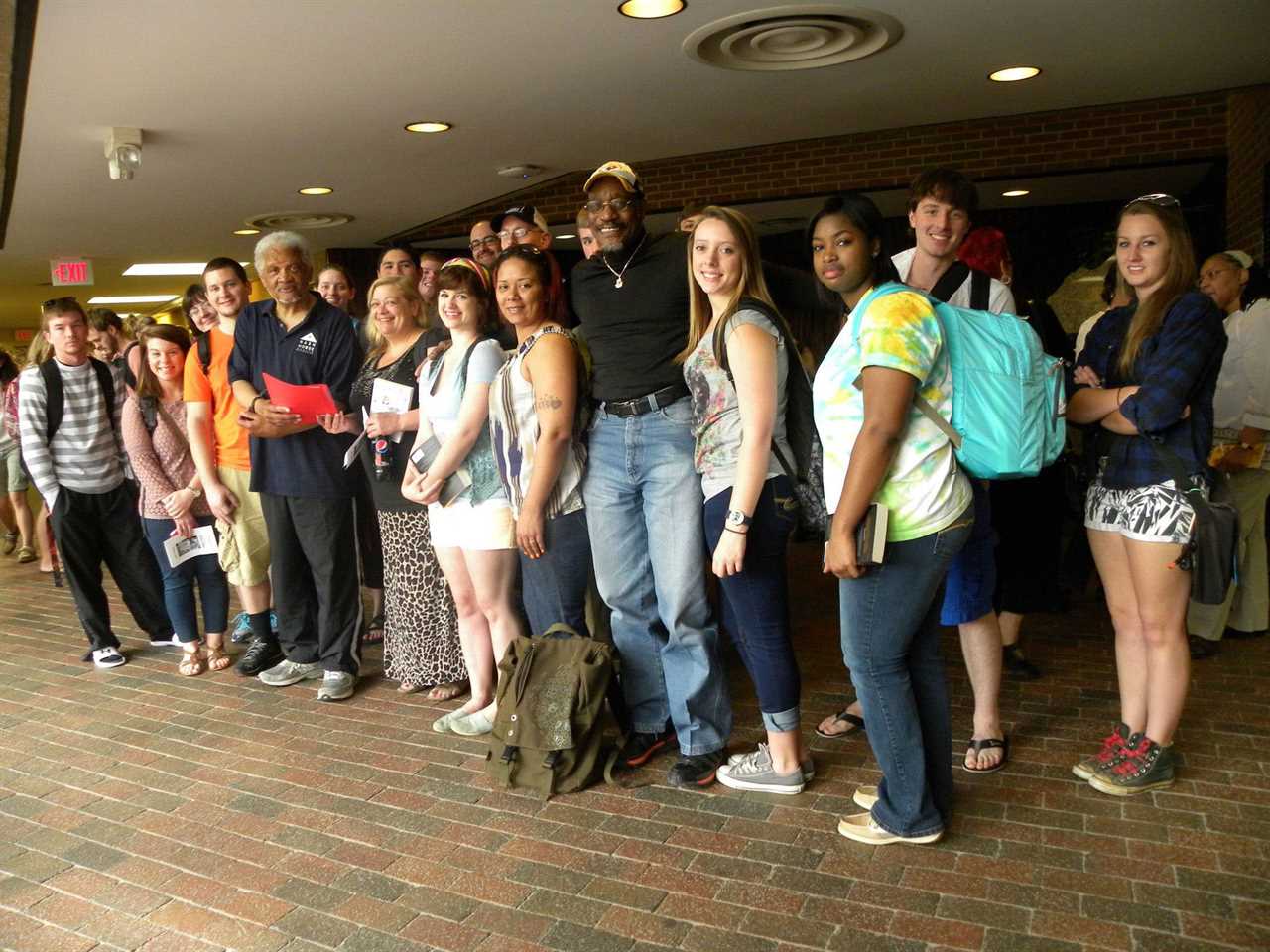
My last visit to Chattanooga occurred in 2013. At Chattanooga State, I met Black and white students representing a new generation of Tennesseans. I was greeted warmly by the faculty and Black and white students, who all seemed to be getting along. I appeared on television with the college president. About 20 years before, a Black professor from the University of Chattanooga invited me to appear there. He sent a follow-up letter expressing his regrets. The university wouldn’t fund the visit.
But times have changed since then. During my second visit to Chattanooga State, I read my long poem “Chattanooga.” I had read the same poem at an earlier visit to Washington and Lee University. Behind me, as I read from the poem, which ends with a salute to Grant, was the sepulcher of Robert E. Lee, commander of the Confederate army, who said that Blacks need “painful discipline.”
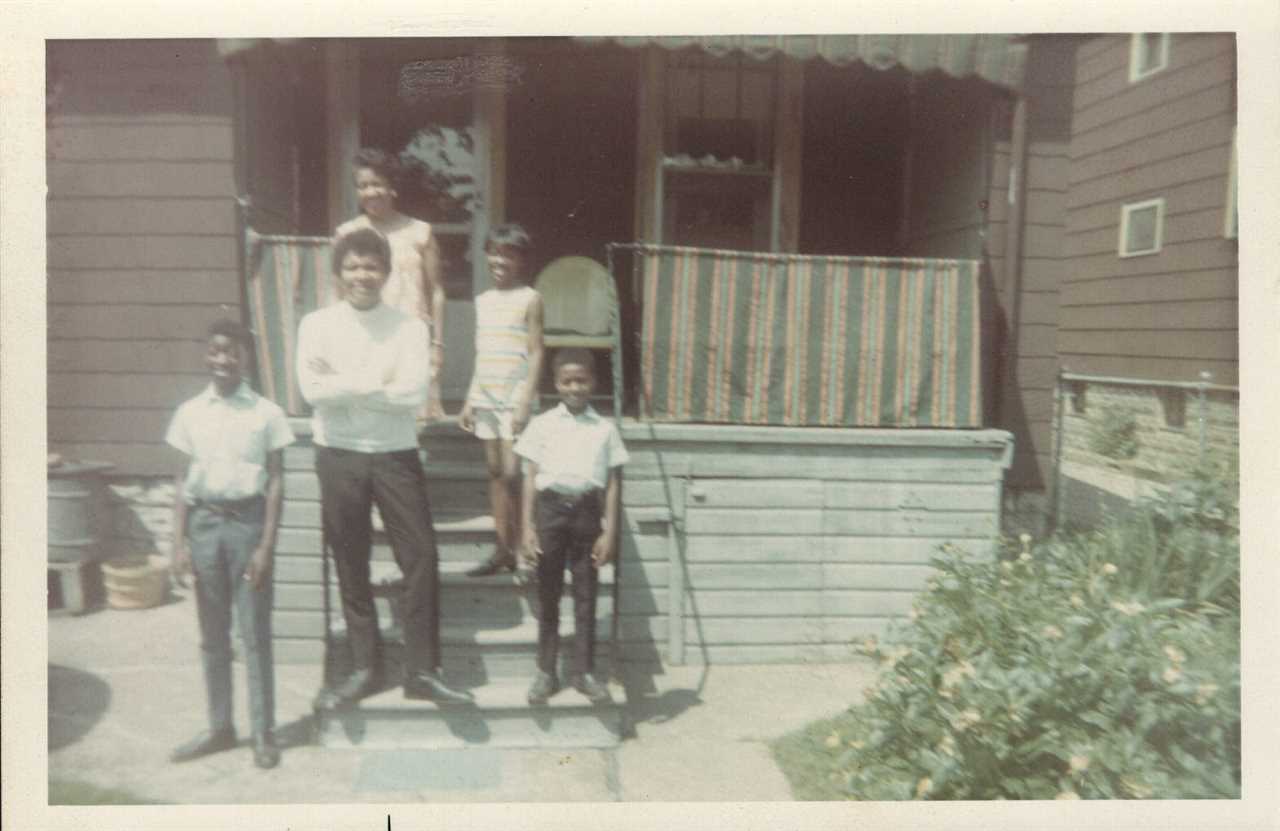
In the early 1940s, my family felt something akin to what the Ukrainians likely felt when forced to leave their country. There we were, my mother, my soon-to-be stepfather, and his friend, George Nelson, awaiting a train to deliver us from Southern hell to Buffalo. Nelson, who fought in Germany and shared my stepfather’s good looks, carried a pistol. My stepfather told him he wouldn’t need a gun in Buffalo. He soon learned better. When the family integrated a white neighborhood, my younger brothers used the backyard for target practice to keep the racists at bay. They would begin the second chapter of the family’s Tennessee history.
Compared to the first chapter, marred by tragedies and flight, the family’s second chapter began when my brothers, Bennie and Vincent, returned to Tennessee, from which we escaped. Though they both attended college, they followed their father into working for Chevrolet. They lead prosperous lives, and so do their children, who have inherited the entrepreneurial talents of their ancestor Mary Coleman. One owns a trucking company.

For my part, I made my peace with the state differently. I named my daughter Tennessee because its origin is a Cherokee word that means “the bend in the river.” I figured her generation and the succeeding ones would steer Tennessee, a beautiful country of rivers and mountains, one of God’s sweet spots on earth, into a new direction.
Judging from the triumph of the two Justins and my meeting with students at Chattanooga State, I might be right. Maybe this time, General Nathan Forrest and his Klan, will stay dead. As I wrote in my poem about Memphis’s honoring of Forrest — Tennessee, you can’t have it both ways.
----------------------------------------
By: Ishmael Reed
Title: My Family and the Two Tennessees
Sourced From: www.politico.com/news/magazine/2023/05/05/tennessee-family-white-faces-00095380
Published Date: Fri, 05 May 2023 03:30:00 EST






